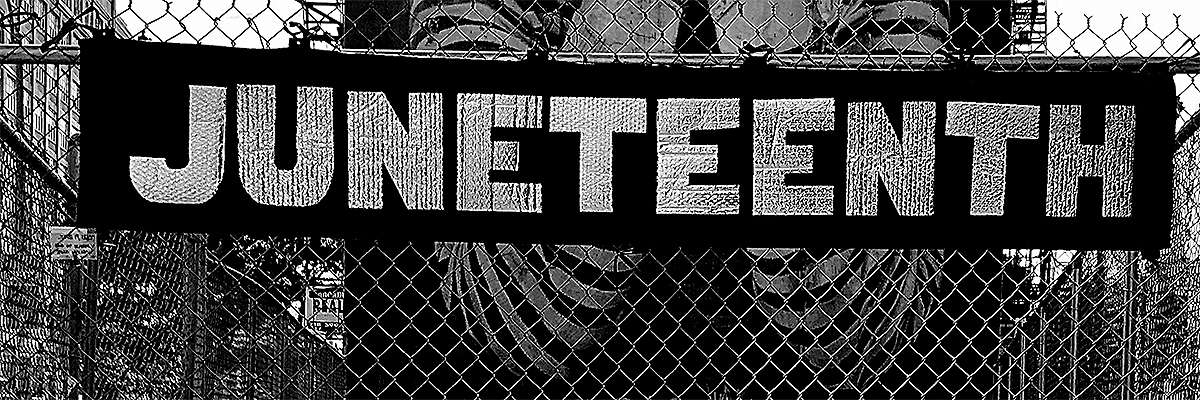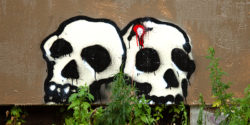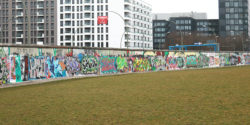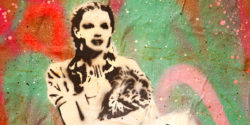Frequently one step ahead of broader cultural movement, conceptual street artist John Fekner concisely gets right to the point with this text piece on a brick wall called “Juneteenth”. It’s a relatively new sanctioned national celebration that only took about 130 years to be recognized.
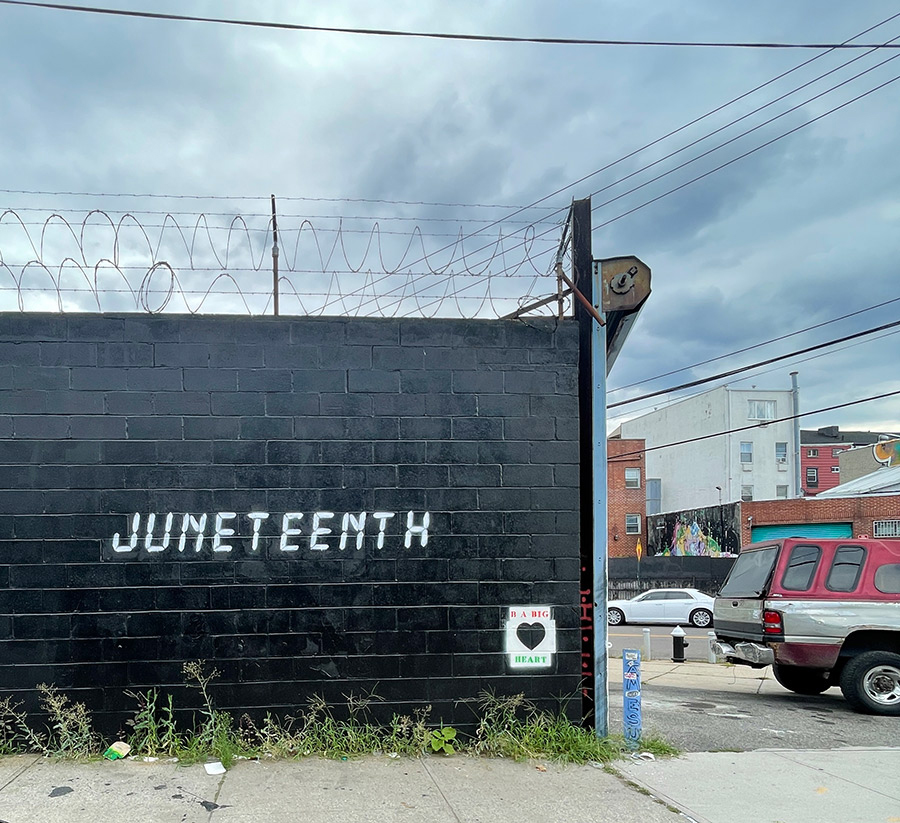
Marking the day in 1865 when Union General Gordon Granger arrived in Galveston, Texas, and announced General Order No. 3, which proclaimed the freedom of enslaved people in Texas, the illustrative point of this story is that the announcement came two and a half years after the Emancipation Proclamation was signed.
Today we call it Juneteenth, also known as Freedom Day or Emancipation Day, commemorating the emancipation of enslaved African Americans and acknowledging the end of slavery in the United States. Juneteenth serves as a reminder of the struggle for freedom, the resilience of African Americans, the legacy of slavery, of how far we need to go for equality, and how important it is to honor the achievements and contributions of African Americans and foster unity and cultural understanding.
 BROOKLYN STREET ART LOVES YOU MORE EVERY DAY
BROOKLYN STREET ART LOVES YOU MORE EVERY DAY